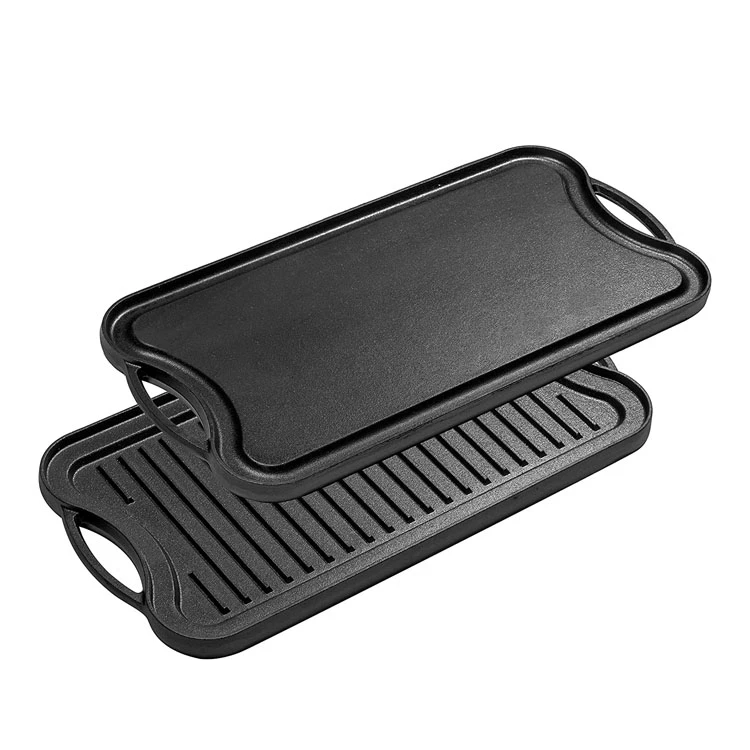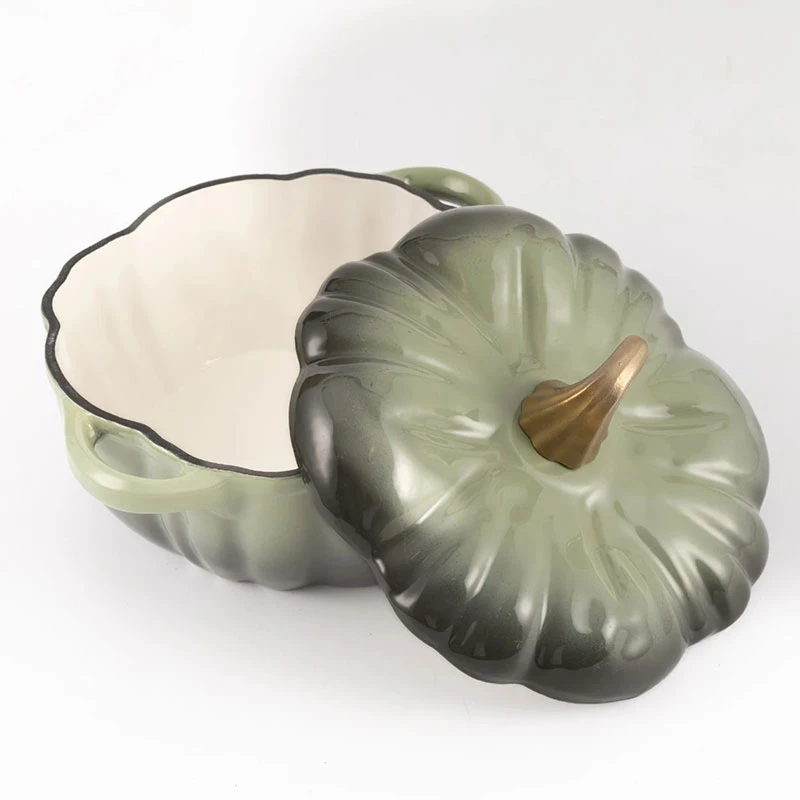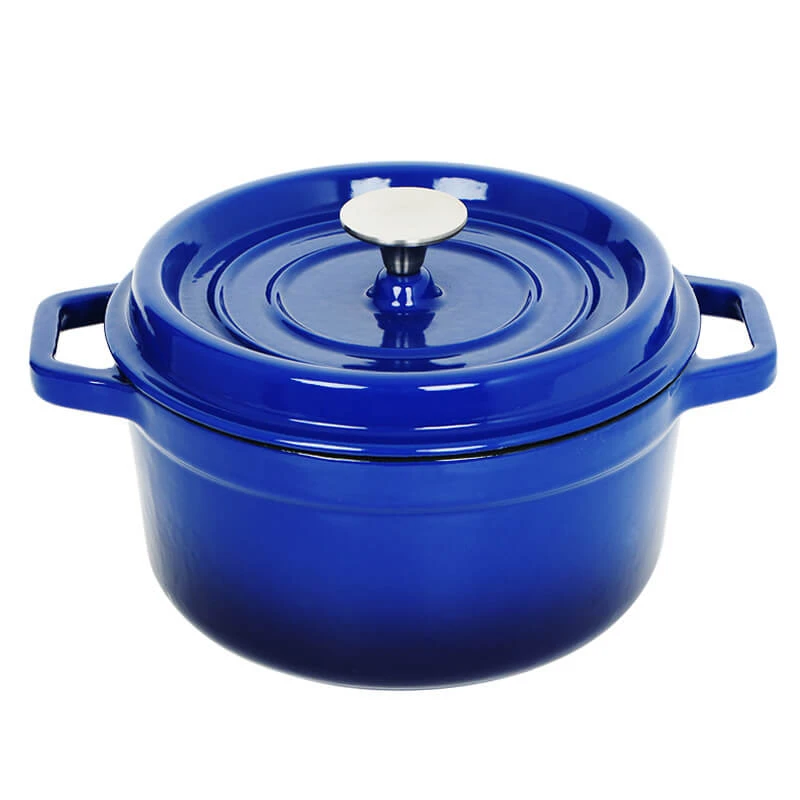
Tips for Effectively Cleaning Your Dutch Oven for Long-Lasting Use
Cleaning a Dutch Oven Tips and Techniques for Keeping Your Cookware Pristine
The Dutch oven is a beloved kitchen staple revered for its versatility and durability. From slow-cooked stews to freshly baked bread, this heavy pot can do it all. However, like any cherished cookware, it requires proper care and cleaning to ensure its longevity. Cleaning a Dutch oven may seem daunting at first, especially if it has accumulated stubborn stains or residue. Here, we provide tips and techniques to help you maintain your Dutch oven in top condition.
1. Allow the Dutch Oven to Cool
Before you begin cleaning, it’s crucial to let your Dutch oven cool down completely after cooking. Sudden temperature changes can warp the pot or damage its seasoning. If you’ve cooked something particularly greasy or sticky, it’s best to soak the pot for a short period (no more than 15-30 minutes) in warm water to loosen up the residue.
2. Use the Right Tools
When it comes to cleaning, the tools you use can make a significant difference. For enameled Dutch ovens, opt for non-abrasive scrubbers like sponges or soft cloths to prevent scratching the surface. Avoid steel wool or harsh scouring pads, as they can damage the enamel finish. For uncoated cast iron Dutch ovens, you may use a stiff brush or a plastic scraper to remove stuck-on food particles.
For everyday cleaning, warm soapy water is generally sufficient. Use a mild dish soap and warm water to scrub the walls and the bottom of the pot. Ensure to rinse thoroughly to remove any soap residue. If you're dealing with stubborn stains or burnt-on food, a baking soda paste (made from baking soda and a little water) can work wonders. Simply apply the paste to the affected area, let it sit for 15-20 minutes, and then scrub gently.
cleaning a dutch oven

4. Dealing with Stains
If stains persist, consider using vinegar or lemon juice. Mix equal parts white vinegar or lemon juice with water and bring the mixture to a simmer in the Dutch oven. This method helps to lift hard-to-remove stains. Once cooled, scrub gently with a non-abrasive sponge.
5. Seasoning Your Dutch Oven
For uncoated cast iron Dutch ovens, seasoning is crucial. After cleaning, ensure the pot is completely dry, and apply a thin layer of vegetable oil to the interior surface. Place it in the oven upside down at a low temperature (about 375°F or 190°C) for an hour. This process helps to build up a non-stick coating and prevents rust.
6. Storing Your Dutch Oven
Proper storage can also contribute to the longevity of your Dutch oven. To prevent moisture buildup, store the pot in a dry place with the lid slightly ajar. This allows airflow and reduces the risk of rust formation in uncoated cast iron models.
Conclusion
Cleaning a Dutch oven does not have to be a chore if done correctly. With proper techniques and care, you can maintain its beauty and functionality for years to come. By treating it well—following the proper cleaning methods, seasoning it appropriately, and storing it safely—you can enjoy delicious meals from your Dutch oven for generations. So embrace the cleaning process, knowing that you are preserving a valuable tool in your culinary journey!
-
Cast Iron Cookware Pancake Pan- ZD Cookware|Non-Stick, Even Heat, DurableNewsAug.02,2025
-
Cast Iron Cookware- Baixiang County Zhongda Machinery|Non-Stick, Heat RetentionNewsAug.02,2025
-
High Quality Kitchen Durable Black Round Cast Iron Cookware Pancake Crepe Pan With Wooden Handle|Non-Stick Surface&Heat RetentionNewsAug.02,2025
-
Authentic Traditional Chinese Wok for High-Performance CookingNewsAug.02,2025
-
Season Cast Iron Perfectly with GPT-4 Turbo TipsNewsAug.01,2025
-
High Quality Cast Iron Cookware - Baixiang County Zhongda MachineryNewsAug.01,2025


